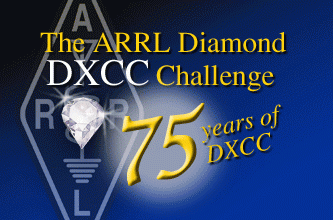
 Applicants for CQ's WPX award will soon be able to use ARRL Logbook of the World (LoTW) credits in their applications, under an agreement between CQ and the ARRL announced on January 24. Previously, ARRL had prohibited the use of its LoTW system by any outside organization. The target date for starting WPX support on LoTW is April 1, 2012. Support for additional CQ awards will follow, although no timetable has been set.
Applicants for CQ's WPX award will soon be able to use ARRL Logbook of the World (LoTW) credits in their applications, under an agreement between CQ and the ARRL announced on January 24. Previously, ARRL had prohibited the use of its LoTW system by any outside organization. The target date for starting WPX support on LoTW is April 1, 2012. Support for additional CQ awards will follow, although no timetable has been set. CQ Communications President and Publisher Dick Ross, K2MGA, said he is looking forward to making it easier for hams to apply for CQ awards. "We have had excellent results with electronic confirmation support from eQSL for several years," he said, "and I am glad that we are now able to begin expanding that convenience to those participants in our award programs who use Logbook of the World. We look forward to a smooth launch for WPX, and to the expansion of LoTW support to include the rest of our award programs as well." Standard CQ award fees and ARRL LoTW credit fees will apply, and will be collected separately.
The complete announcement is posted below.














